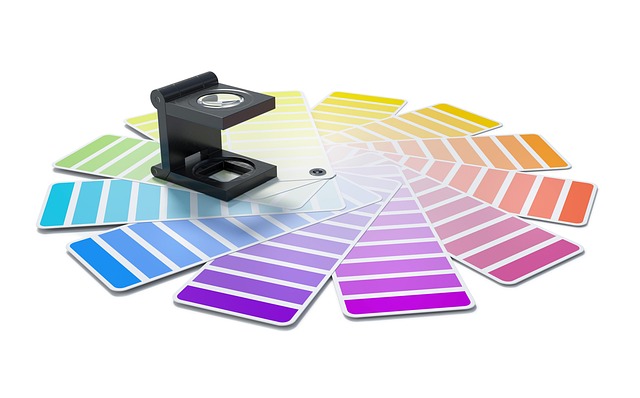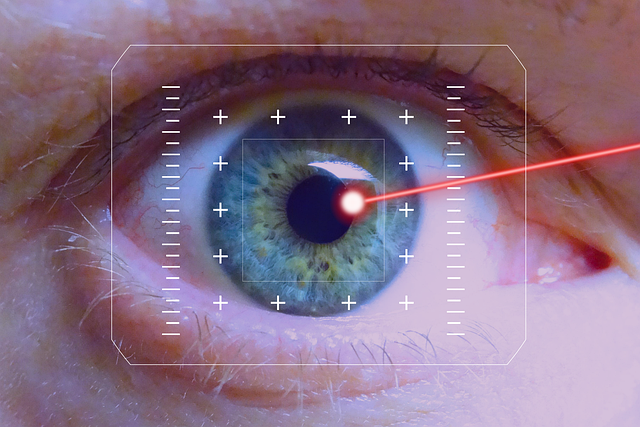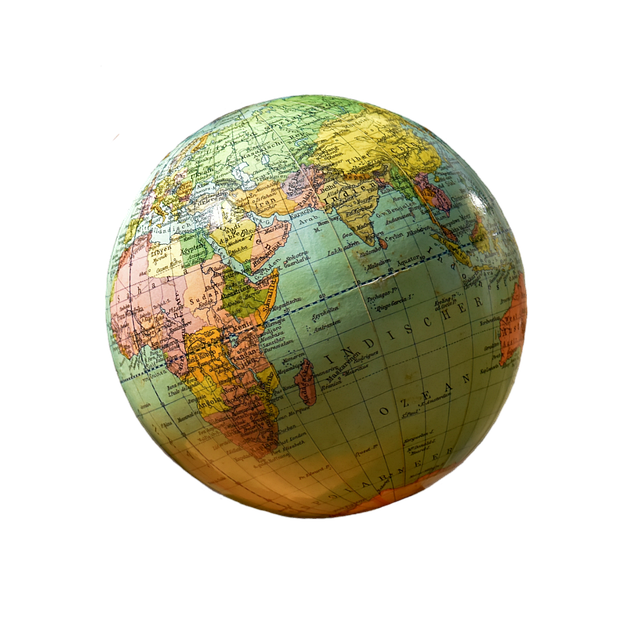Mastering the Art of Bokeh: A Photographer’s Guide
If you’ve ever been captivated by a photograph where the subject pops beautifully against a dreamy, blurred background, you’ve witnessed the magic of bokeh. This enchanting effect isn’t just a technical trick—it’s an art form that elevates your images, drawing the viewer’s eye and evoking emotion. Whether you’re a seasoned photographer or just diving into the world of Photography, understanding and mastering bokeh can transform your work into something truly unforgettable.
What is Bokeh?
Originating from the Japanese word boke, meaning “blur” or “haze,” bokeh describes the quality of the out-of-focus areas in a photo. Unlike a plain blurry background, bokeh refers to the aesthetic quality of that blur. It’s about softness, smoothness, and how the lens renders light points—whether they appear as soft circles, hexagons, or other shapes. Good bokeh gently wraps the subject in a glow, adding depth and mood, while poor bokeh can feel harsh and distracting.
Why Bokeh Matters in Photography
Bokeh isn’t just a background effect; it plays a vital role in storytelling through your images. It provides:
- Subject Isolation: By blurring the background, you highlight and draw attention to your subject.
- Mood Creation: Soft bokeh can evoke intimacy, warmth, or nostalgia, while harsher bokeh might feel more energetic or dynamic.
- Visual Interest: Beautiful bokeh can transform ordinary light into sparkling jewels that add character and finesse to your photo.
How to Achieve Stunning Bokeh
There’s no one-size-fits-all formula, but here are some essential tips to guide your journey:
1. Choose the Right Lens
Prime lenses with wide apertures (like f/1.8, f/1.4, or wider) are renowned for creating smooth, luscious bokeh. Telephoto lenses also enhance background blur due to their compressed perspective. Experiment with different lenses to find how each uniquely shapes the bokeh.
2. Use a Wide Aperture
The wider the aperture (smaller f-number), the shallower the depth of field. This means more pronounced blur behind your subject. If your goal is creamy bokeh, open up your lens as much as possible.
3. Increase the Distance Between Subject and Background
The farther away your subject is from the background, the more out-of-focus it becomes. Even the most modest lenses can create beautiful bokeh when the background is distant enough.
4. Get Closer to Your Subject
Reducing the distance between you and your subject shrinks the depth of field, enhancing that blur effect. Macro or portrait photography can especially benefit from this technique.
5. Look for Light Sources
Background specular highlights—like fairy lights, street lamps, or sunlight sparkling through leaves—can create mesmerizing bokeh balls. Positioning yourself to take advantage of these light points can elevate your images.
Creative Bokeh Techniques
To inject personality and flair into your bokeh, consider:
- Custom Bokeh Shapes: Cut shapes (hearts, stars) out of black paper and place it over your lens to shape out-of-focus highlights.
- Colored Bokeh: Use gels or shoot through colored glass to tint the background blur.
- Layering Bokeh with Reflections: Incorporate water reflections or glass surfaces to add complexity and sparkle.
Embracing the Feeling of Bokeh in Your Photography
Beyond technique, bokeh taps deeply into the emotional aspect of photography. It invites you to slow down, to see beyond the sharp edges and focus on softness and mood. It’s a reminder that not everything in life—and in photography—needs to be crystal clear to be beautiful. Sometimes, the mystery woven into a softly blurred background sings louder than any sharp detail.
As you set out to master the art of bokeh, remember: each shot is an opportunity to tell a story in layers—sharp and soft, light and shadow, clarity and dreaminess. Find your unique voice in these nuances, and let your images bloom with warmth, depth, and enchanting bokeh.




